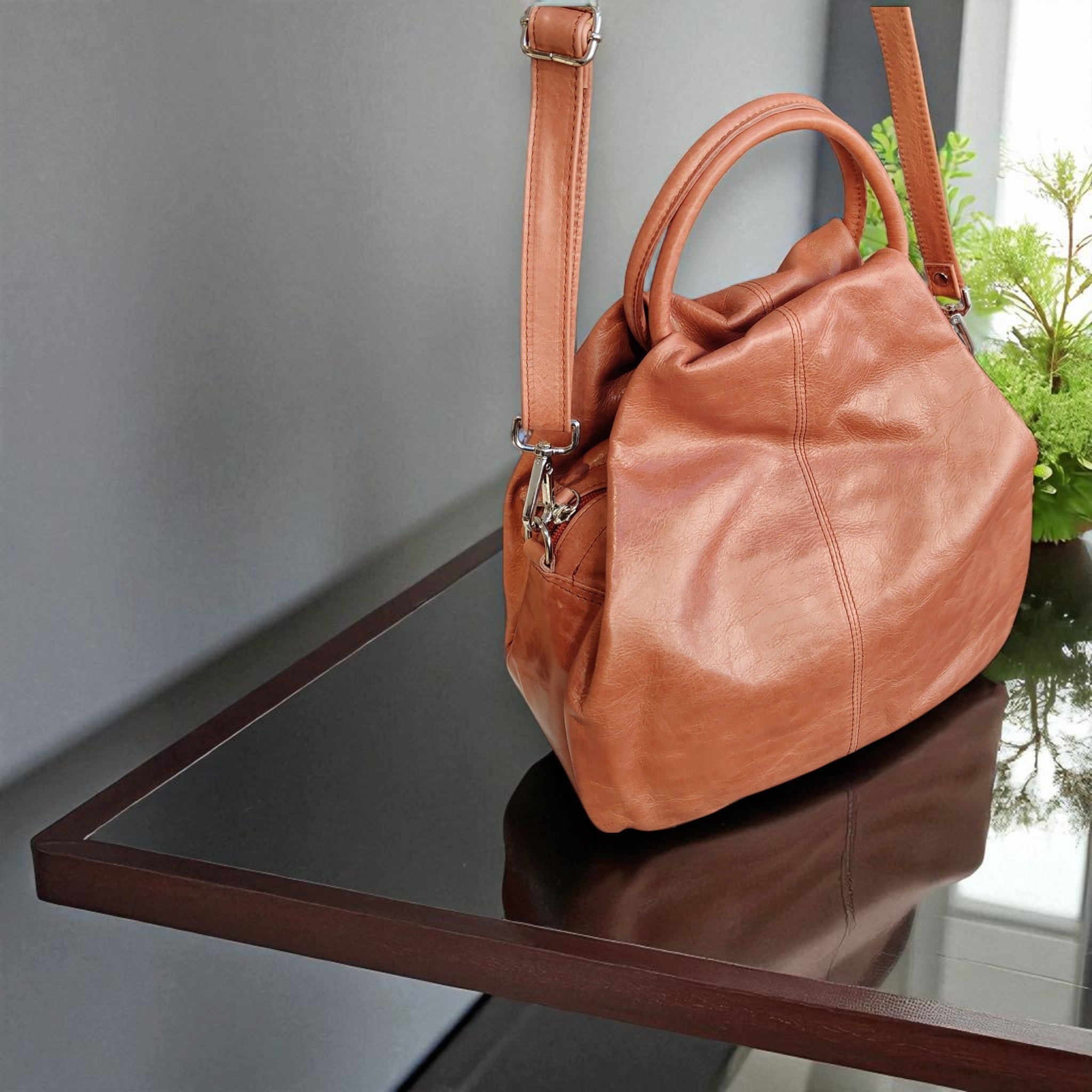
Leather Anatomy: A Complete Guide to Bag Leather Types - Part 1
Part I: Animal Origins
A professional guide to understanding the distinctive characteristics of each type of leather used in high-quality leather goods
In the world of artisanal leather goods, choosing the right leather is the most crucial step in the entire creative process. Each animal offers unique characteristics that determine not only the aesthetic appearance of the final bag, but also its durability, softness, and behavior over time. This professional guide will take you on an in-depth journey into the world of leather, starting with its animal origins.
Cowhide: The Pillar of Leather Goods
Cowhide is the gold standard for leather goods worldwide. For bags and leather goods, this category usually includes calfskin, vegetable-tanned cowhides of moderate thickness. Its popularity stems from a unique combination of durability, versatility, and availability.
Structural Features
Cowhide bags are very durable, have a good thickness, and are characterized by a classic, vintage design due to the natural, "imperfect" texture of the material. Cowhide fiber is characterized by:
- Variable thickness: from 1.2 mm to 3.5 mm, allowing for different applications
- Mechanical resistance: high tensile and tear resistance
- Natural texture: it has the typical pores and imperfections that give it authenticity
- Aging ability: develops a natural patina with use
Advantages in Leather Goods
The variety of thicknesses, colors, and finishes makes cowhide extremely versatile. It's ideal for:
- Structured and formal bags
- Accessories that require durability over time
- Products that benefit natural aging
Goatskin: Elegance and Lightness
If you're looking for a softer leather for your bags, goatskin is your best choice. Compared to full-grain cowhide, goatskin is soft and lightweight.
Distinctive Features
The leather has a tight, grainy texture. This makes it water-resistant. The characteristics of goatskin include:
- Characteristic grain: fine and regular texture
- Reduced weight: significantly lighter than cowhide
- Natural resistance: It has a marked grain and is used in small and detailed articles
- Flexibility: easily adapts to complex shapes
Optimal Applications
Goatskin: Lighter and more flexible than cowhide, it is perfect for:
- Evening bags and clutches
- Accessories that require draping
- Products where weight is a critical factor
Calfskin: The Nobility of Youth
Calfskin represents the pinnacle of luxury leather goods. Coming from young animals, it has unique characteristics that make it particularly valuable.
Exclusive Properties
- Supreme softness: silky texture and pleasant to the touch
- Fine grain: small, evenly distributed pores
- Resistance: despite its softness, it maintains excellent mechanical properties
- Chromatic versatility: accepts deep and uniform colors
Prestigious Uses
Ideal for:
- High-end bags
- Accessories where softness is a priority
- Products that require perfect finishes
Deerskin: Resistance and Character
Deerskin (Deerskin, Deer Skin, Buckskin, Chamois Leather) - elastic, durable, velvety, holds its shape well with frequent changes in temperature and humidity.
Technical Features
- Elasticity: high elongation capacity without breaking
- Climate resistance: stable to temperature and humidity variations
- Velvety texture: pleasant and characteristic surface
- Durability: maintains its properties over time
Specific Applications
Particularly suitable for:
- Outdoor and sports bags
- Accessories that require elasticity
- Products exposed to variable conditions
Sheepskins: Softness and Versatility
They are usually soft, supple, and elastic, making them particularly suitable for clothing and gloves. The flower is smooth, with faint hair follicles distributed fairly evenly.
Properties Features
- Exceptional softness: among the softest leathers available
- Elasticity: it easily adapts to shapes
- Smooth surface: hair follicles not very visible
- Lightness: low weight
Recommended Uses
Ideal for:
- Soft and unstructured bags
- Accessories that require draping
- Products where softness is essential
Pigskin: Economy and Functionality
Pigskin: With a porous and rough surface. It's inexpensive, but also less durable.
Commercial Features
- Porosity: distinctive surface with visible pores
- Affordability: low price
- Limited resistance: less durable than other leathers
- Rough texture: characteristic surface
Areas of Application
Used for:
- Entry-level products
- Accessories where cost is a priority
- Applications that do not require high durability
Lambskin: Luxury and Delicacy
Lambskin: Soft and thin, it represents the pinnacle of softness in leather goods.
Unique Properties
- Absolute softness: the softest leather available
- Thinness: minimum thickness
- Delicacy: requires special care
- Value: considered luxury leather
Exclusive Uses
Reserved for:
- High-end bags
- Luxury accessories
- Products where softness is essential
Exotic Skins: The Pinnacle of Luxury
Exotic skins represent the pinnacle of exclusivity in high-end leather goods. Each type offers unique characteristics that make them sought-after for the creation of exceptional luxury accessories.
Python Skin: Serpentine Elegance
Python leather is known for its softness and unique texture, which is extremely supple and durable. It's an extremely supple and soft leather, yet despite these characteristics, it's still more durable than traditional calfskin and pigskin.
Distinctive Features:
- Exceptional elasticity: it adapts perfectly to the shapes
- Superior softness: silky texture to the touch
- High resistance: superior to traditional leathers
- Delicacy: Its delicacy requires careful care to avoid dryness and discoloration
Premium Apps:
- High-end evening bags
- Exclusive clutches
- Luxury accessories that require draping
Crocodile Skin: The King of Exotic Skins
Crocodile leather is recognizable for its distinctive texture and represents one of the most valuable materials in the world of leather goods.
Unique Properties:
- Unmistakable texture: crocodile scales are rounded and irregularly squared, looking more elegant and refined
- Superior durability: exceptional wear resistance
- Absolute prestige: symbol of luxury and status
- Uniqueness: each skin has unrepeatable patterns
Exclusive Uses:
- High-end luxury bags
- Collectible accessories
- Products that require maximum exclusivity
Alligator Skin: Geometric Refinement
Alligator is the undisputed queen of watch straps, with its characteristic, very square scales and marked contrasts in the design of the scales between the sides and the belly.
Specific Features:
- Symmetrical Scales: Alligator skin has smaller, symmetrical scales with a smoother feel than crocodile.
- Uniformity: Alligator scales are more uniform, more squared than crocodile skin.
- Supreme elegance: refined and smooth texture
- Versatility: Ideal for creating luxury items such as wallets, handbags and clutches, watch straps, shoes
Ostrich Leather: Softness and Size
Ostrich leather, notable for its size—averaging 135 square decimeters—is primarily used for the production of bags and shoes. It is recognized for its particularly smooth and soft texture, but above all for the "pearl-like" follicles that cover its surface.
Distinctive Properties:
- Exceptional dimensions: allow the creation of unique pieces
- Characteristic texture: unmistakable "pearl" follicles
- Superior softness: smooth and pleasant texture
- High value: A bag made from ostrich skin has a very high value
Specific Applications:
- Large bags
- Accessories that require large surfaces
- Products where texture is the protagonist
Caiman Leather: Affordable Elegance
The scales that characterize the skin of the alligator are square, but have a more rugged line than those of the crocodile.
Technical Features:
- Square scales: distinctive geometric pattern
- Defined texture: more pronounced lines than crocodile
- Accessibility: cheaper than alligator and crocodile
- Resistance: good mechanical properties
Stingray Skin (Galuchat): The Marine Skin
Stingray leather, also known as Galuchat, comes from the Pastinachus sephen species and is characterised by unique properties that make it particularly valuable.
Exceptional Properties:
- Superior hardness: Stingray leather is a very hard and durable type of leather and can last a very long time.
- Distinctive texture: grainy surface with small natural pearls
- Historical prestige: it takes its name from its first user, Jean-Claude Galuchat, a French craftsman who died in 1774 and was in the service of King Louis XV
- Exceptional resistance: superior durability over time
- Exclusivity: high production cost
Prestigious Uses:
- Exclusive luxury items
- Collectible accessories
- Products where durability is essential
Galuchat: The Shark Skin
Galuchat is the tanned skin of the Scyliorhinus canicula shark, also known as the catshark. Due to its high production cost, it is used to upholster prestigious objects.
Exceptional Properties:
- Superior Hardness: Galuchat leather is a very hard and durable type of leather and can last a very long time.
- Historical prestige: it takes its name from its first user, Jean-Claude Galuchat, a French craftsman who died in 1774 and who was in the service of King Louis XV
- Exceptional resistance: superior durability over time
- Exclusivity: high production cost
Prestigious Uses:
- Exclusive luxury items
- Collectible accessories
- Products where durability is essential
Snakeskin: Lightness and Design
Snakeskin: Lightweight and unique in design, it requires careful care to maintain its beauty over time.
Unique Features:
- Lightness: reduced weight compared to other exotic leathers
- Distinctive design: inimitable natural pattern
- Delicacy: requires specific care
- Uniqueness: each skin has unrepeatable designs
Considerations on the Choice
Selecting the appropriate skin depends on several factors:
Functional Factors
- Intended use: formal or casual
- Resistance required: high or medium
- Acceptable weight: light or sturdy
Aesthetic Factors
- Desired texture: smooth or textured
- Aging: natural patina or stability
- Color: Absorbency
Economic Factors
- Available budget: influence on the choice of animal
- Value for money: investment optimization
- Long-term investment: exotic skins retain value over time
Ethical Factors and Sustainability
- CITES Certifications: Exotic skins such as python, crocodile, alligator, caiman, and snake must be CITES certified.
- Sustainability: Unique materials are selected for their natural beauty, their resistance and the ability to develop a unique patina over time
- Conservation: "Buy a crocodile bag and you save five more" - principle of conservation through sustainable use
Conclusions of the First Part
Understanding the characteristics of each type of leather is the foundation for making informed choices in leather goods. Each animal offers unique properties that, if properly enhanced, can transform a simple accessory into a masterpiece of craftsmanship.
Exotic skins, in particular, represent the pinnacle of exclusivity and require in-depth knowledge not only of their technical properties, but also of the regulations and ethical considerations governing their use. Choosing an exotic skin is an investment that goes beyond a simple purchase: it's the acquisition of a piece of natural history transformed into art.
In the next part of our guide, we'll explore the different processes and textures that can be applied to these leathers, from nubuck to saffiano, from hammered to oiled leather, to understand how technology and art come together to create excellent accessories.
At Pelle Nuda Milano: where a deep understanding of materials meets a passion for Italian craftsmanship.
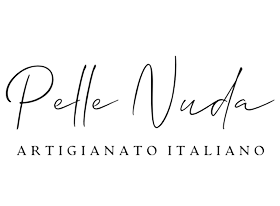
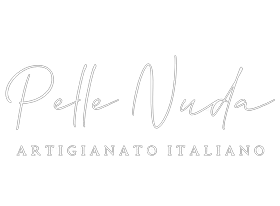
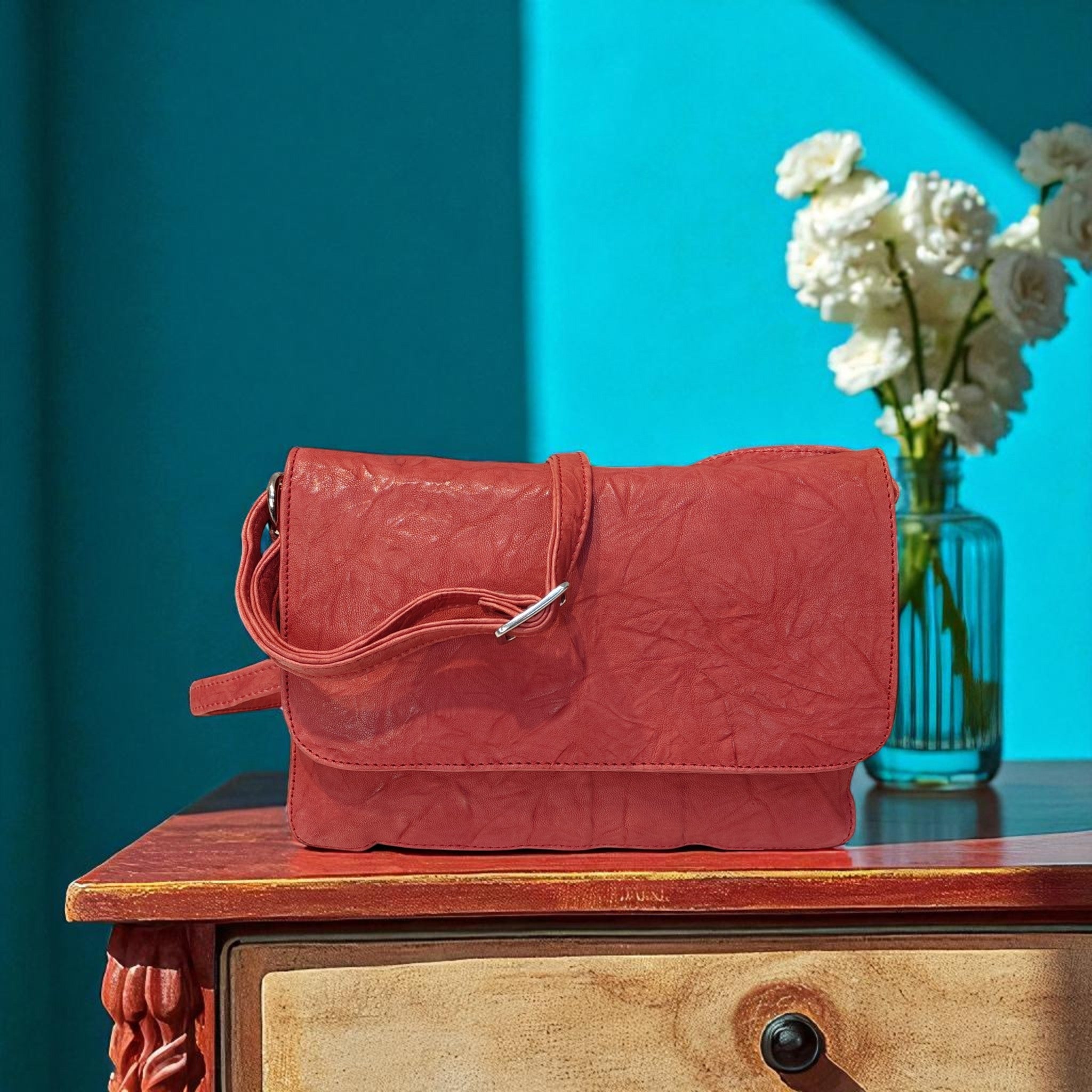
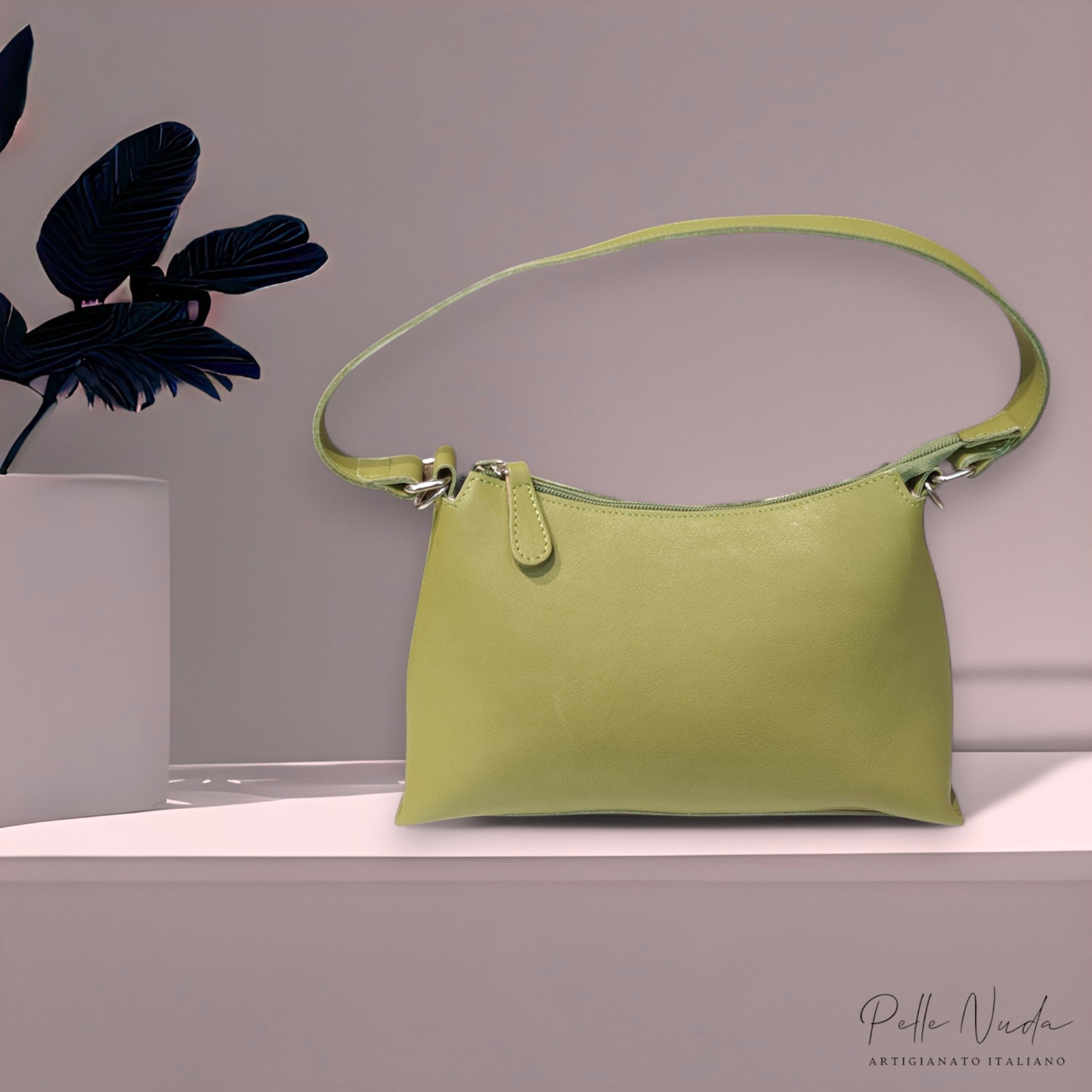
Leave a comment
This site is protected by hCaptcha and the hCaptcha Privacy Policy and Terms of Service apply.